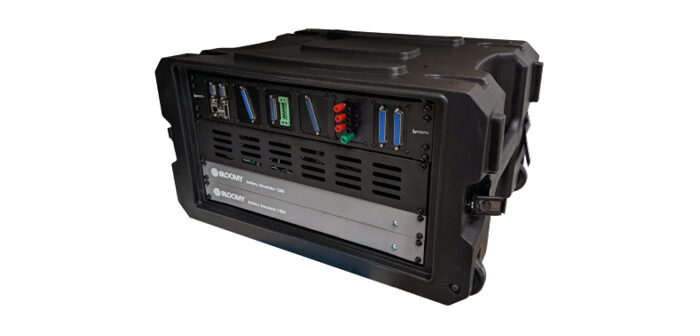Provider of automated test platforms and control systems, Bloomy, has introduced the Desktop BMS HIL Test System tool, designed to aid the efficiency of multi-person battery engineering teams.
The system brings the testing capabilities of hardware-in-the-loop (HIL) design labs directly to the desktops of development teams, in order to increase productivity and reduce time-to-market for various projects, including EVs and drones.
Powered by Bloomy’s Battery HIL Software Architecture, users can configure both manual and automated test scenarios, including simulated drive cycles and fault-case scenarios. According to the company, the purpose of this is to certify thorough testing of algorithms for detecting and estimating battery conditions like overheating, state of charge (SoC), and state of health (SoH).
Peter Blume, president of Bloomy, said, “HIL simulator testing, once confined to the lab and requiring specific workflows and resources, is now more convenient and accessible. This results in better and more comprehensive testing earlier in the development cycle, which increases productivity, quality and safety.”



